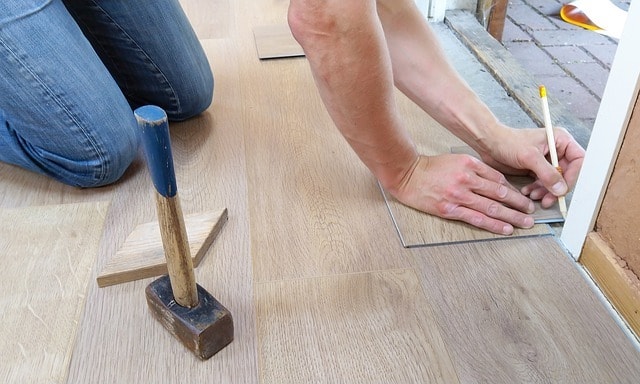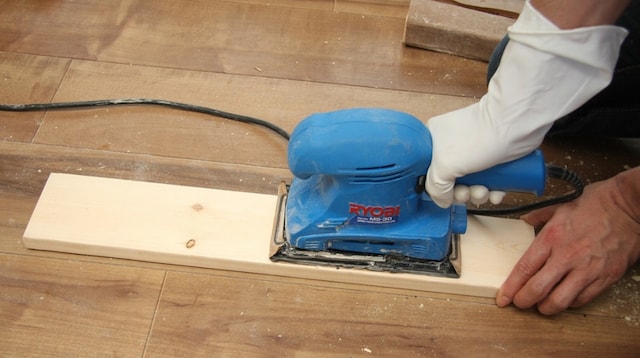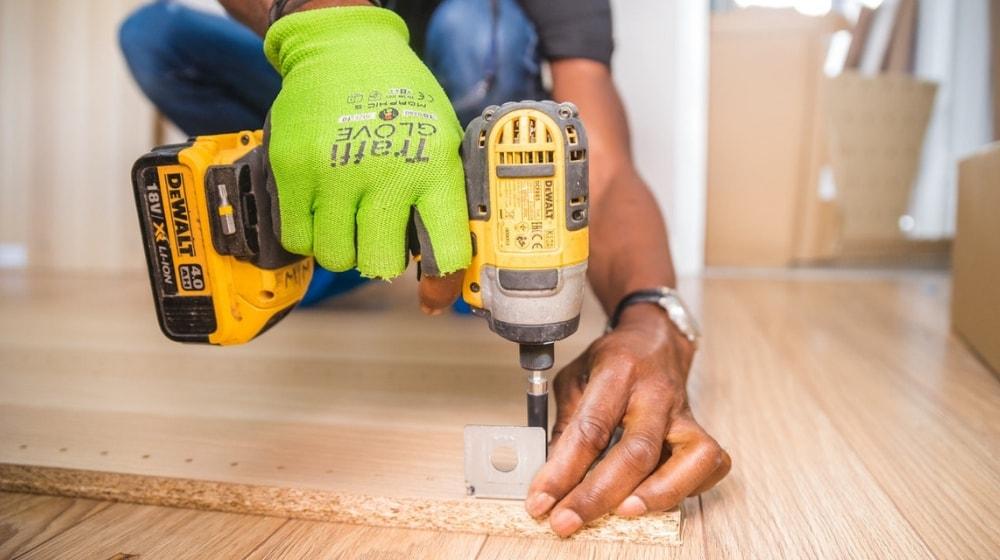Do you dream of working with your hands and being your own boss? If you’re looking for a job where you can learn practical skills that allow you to work anywhere in the world, carpentry might be just the ticket. Here’s the lowdown on becoming a qualified chippy in Australia, from carpentry apprenticeships to carpentry courses.
One of Australia’s healthiest job sectors, carpentry offers work in both residential and commercial construction.
A carpenter works with wood and other materials to build and repair structures and objects. From the construction of buildings, ships and bridges to the cutting, working and joining of timber, a skilled chippy is worth their weight in gold.
Learning a trade like carpentry can also be an excellent way to re-skill or re-enter the workforce. And in a changing world, carpentry is a highly-valued skill that will always be in demand.
Related: Time for a career change? Here are 8 ways to make the switch
Become a carpenter in 3 steps
Training to become a carpenter requires three basic steps.
- Start a carpentry apprenticeship.
- Enrol to study.
- Get your carpentry license.
Now let’s look at each step in detail.
The basic requirements

In order to work as a carpenter, you’ll need to get trade-qualified. Accreditation requirements in Australia vary in each state, but as a rule, you will need to have:
- Completed year 10.
- Undertaken a formal apprenticeship.
An apprenticeship is a period of on-the-job training. Here, you learn a skilled trade under the supervision of a qualified tradesperson.
Related: Great domains for builders & other property services pros
Step 1: Start a carpentry apprenticeship
A carpentry apprenticeship allows you to train, study and earn an income at the same time.
Australian carpentry apprenticeships are open to anyone of working age, on a full time, part time or still-at-school basis.
You’ll learn a range of skills, from reading blueprints to using tools.
Apprentices learn how to:
- Measure, cut and assemble construction materials to build floors, walls and roofs.
- Install fixtures and fittings such as doors, windows, staircases and cabinets.
You’ll get vital hands-on experience, along with the theoretical knowledge and technical training you need.
For those embarking on a career change, taking on an apprenticeship could mean an initial drop in pay. But in return, you will attain a nationally-recognised qualification with good job prospects.
Where to find an apprenticeship
There are a few options when it comes to finding an apprenticeship. Apprenticeship network providers are contracted by the Australian government to supply free Australian support services to apprentices and employers.

Apprenticeships are also advertised in local papers and online job boards such as Australian Job Search, SEEK and Jora, and via word-of-mouth recommendations.
Step 2: Enrol to study
Once you have found an apprenticeship, the next step is to enrol in a Certificate III in Carpentry at a TAFE institution, university or registered training organisation (RTO) in your area. This is a practical course that you complete alongside your apprenticeship.
The apprenticeship and carpentry course usually take between three and four years to complete.
In this course, you will gain essential skills and knowledge in areas such as measurements, calculations, demolition and excavation. You’ll also learn how to safely use a variety of carpentry tools and equipment.
Where to find carpentry courses
To find a training organisation in your area that offers the Certificate III, visit My Skills, the national directory of vocational education and training (VET).
If you’ll be working on a construction site as part of your apprenticeship, you’ll also need to complete construction induction training and get a Construction Induction Card (CIC), also known as a White Card. This is a short course that can be completed in one day through an RTO in your area, depending on your experience and knowledge.
Step 3: Get your carpentry license
Once you have finished your apprenticeship and your Certificate III, you’ll be eligible to register with the relevant building authority in your state or territory.
Licensing is handled differently in each state, from builder’s licences in Victoria to trade licences in NSW, so make sure you know the requirements of the state you’re in. You can find details here.
What can I earn as a carpenter?
Once you’re fully qualified, you can expect to earn between $55,000 and $65,000 per annum.
Salaries range from $58,000 in South Australia to $73,000 in Western Australia.
As an apprentice, the average rate of pay is about $17 per hour, or anywhere between $22,000 and $47,000 per year. Pay is determined by the award or agreement under which you’re employed and is dependant on a few different factors, such as which year of your apprenticeship you’re in.
Earn more as a specialist

Mastering your trade and specialising in a carpentry niche can be a great way of commanding a higher salary. Carpentry is a diverse field, with opportunities to work in:
- Joining.
- Framework.
- Formwork.
- Green carpentry.
What you decide to focus on is entirely up to you. And there are always options to further expand on your knowledge and training.
Get started in an evergreen trade
Carpentry is a highly-skilled trade with strong employment prospects in a variety of construction environments and industries. Carpentry is also an ‘evergreen’ trade that will always be in demand.
Start by learning the ropes as an apprentice under a qualified tradesman while you complete your Certificate III in Carpentry studies. Once you’ve mastered your trade, you will have skills that can travel anywhere.





